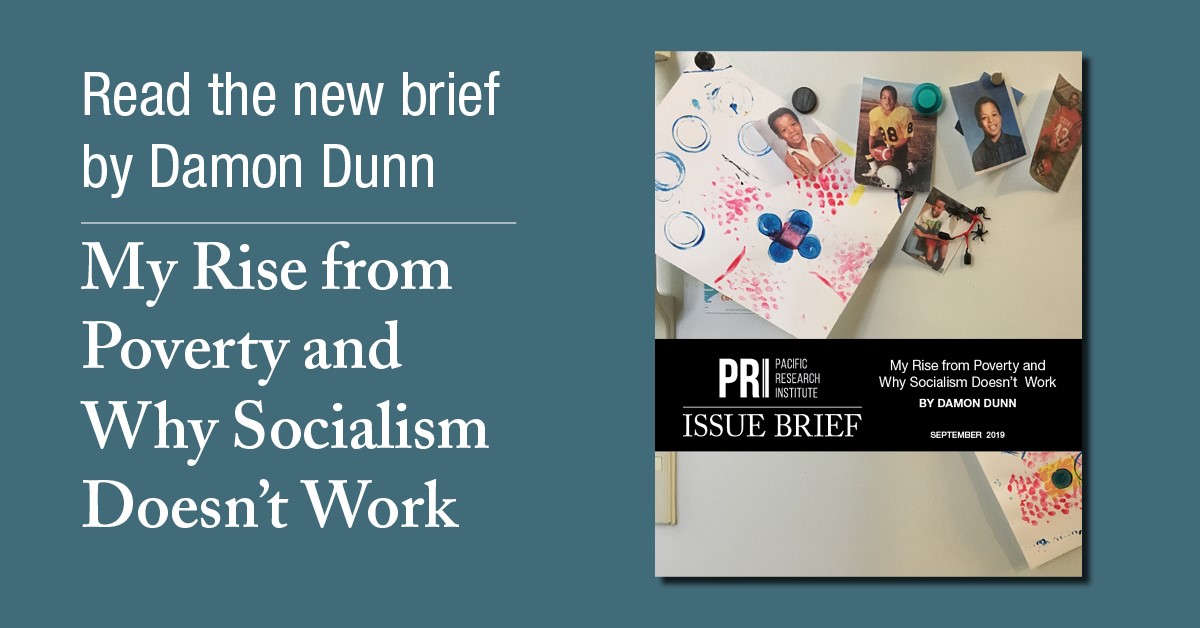For a large majority of Americans, their home is their most valuable asset, while also serving as a major portion of their retirement portfolio. For others, owning their home provides a source of stability and community for themselves and their children, granting freedom from worry about rising rents, forced moves, and the myriad additional pitfalls that come from not owning the house in which you live. However, there has been a substantial shift in the single family home market toward renting instead of owning, which could significantly impact the net worth and retirement security of millions of Americans.
Since 2006, over four million single-family homes have been added to the rental stock in the U.S. Nearly 1 out of 5 single family homes in the U.S. are occupied by renters, who are more likely to be older and married with children than other renters.
The majority of those renting single family homes would like to own their own home one day, with over half wanting to purchase in the next few years. Despite this, over one third of single family home renters do not believe they can afford a home, including 30% of those making between $75,000 and $100,000 per year, which should be a sufficient income in many residential neighborhoods to buy a home.
Given the rapidly rising housing costs across the country, more than doubling in many metropolitan areas in the previous eight years alone, the dream of saving up a 20% down payment while paying ever-increasing rents is become harder with each passing year. All this despite strong economic growth and low unemployment, suggesting that robust economic growth and job opportunity is not sufficient to correct this imbalance.
One promising option is the “lease-purchase” model of house financing, which is simply an application of the old “rent to own” idea applied to residential housing. The federal government could support the expansion of lease-purchase models for homeownership with the Lease Equitably and Purchase (LEAP) mortgage program, a pilot program run through the Federal Housing Administration. The LEAP mortgage would be an assumable, fixed rate, high loan-to-value mortgage product that would be available to nonprofits and other entities as part of a lease-purchase program.
During the heady days of the 2000s housing bubble, a period of easy access to money and unbridled (and somewhat unwarranted) optimism, there was little interest in lease-purchase finance options. Loans were easy to come by for nearly everybody that wanted one, regardless of one’s down payment or demonstrated ability to repay. Today’s landscape is far different, however, with stricter lending practices and home values surpassing the previous bubble peak in nearly every metro area.
Fortunately, there are multiple pathways to expand lease-purchase models across the country, including through private sector investments and non-profit programs. Given the decades of failure and breathtaking incompetence shown during prior federal forays in housing policies to “fix” various affordability and accessibility issues, direct federal funding is the least desirable option. Multiple recent private sector experiments in lease-purchase show promise, and they should be encouraged.
That said, we should not expect housing affordability issues to be solved by the private sector alone, as they have come about through a complex combination of government failures (poor public education, local regulations and environmental policies restricting housing supply, etc.) that make a purely market-driven solution unlikely.
For these reasons, we should consider how to incentivize non-profit movement into this space. Specifically, non-profit organizations have generally struggled to receive subsidies large enough to purchase and renovate homes while maintaining affordability for low to middle income families. For for-profit organizations, the major obstacle is the risk premium needed to procure loans for an untested product like lease-purchase. This is where there may be a case to leverage public-private partnerships wherein existing grant funds can be diverted to cover the additional premium needed to properly incentivize loans to those who have demonstrated the ability to make monthly payments, but who lack the ability to save a substantial down payment.
Using funds to cover the risk premium in a series of experiments across the country could uncover the best path toward solving the housing crisis in part through efficient and sustainable debt financing. This policy would provide renters a viable means to build equity, establish their creditworthiness, and provide the psychological benefits that come from not feeling as though your family is falling further and further behind their financial goals.
Millions of American families have the desire and ability to plant roots in their communities through responsible home ownership. They need only be given the chance to prove it.
Damon Dunn is a fellow in business and economics at the Pacific Research Institute.

